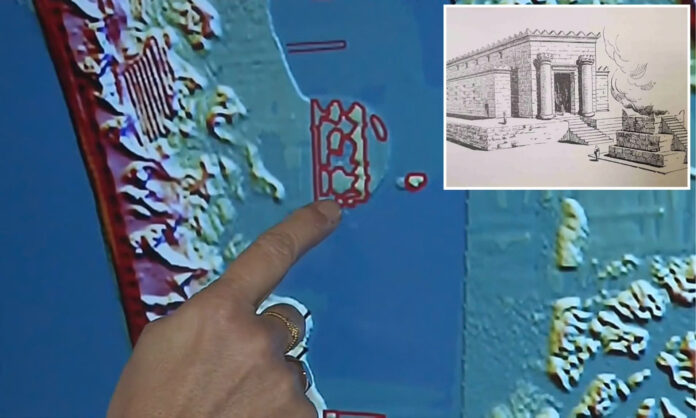Unveiling the Mystery of Hercules Gaditanus
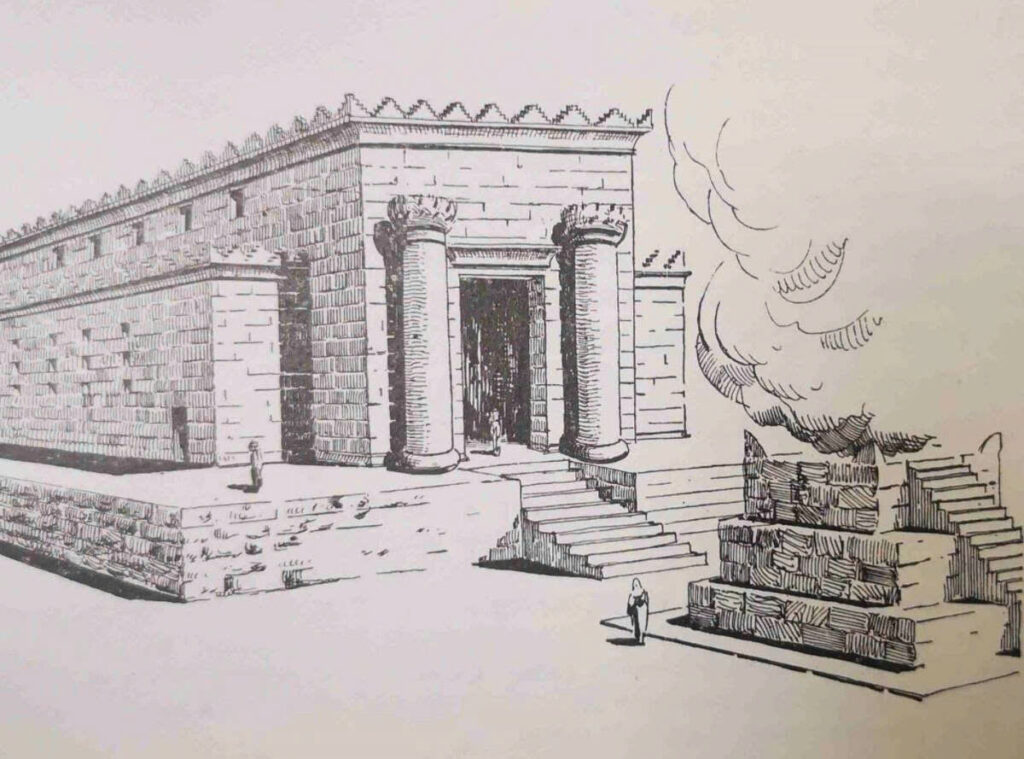
For centuries, historians and archaeologists have been on a quest to find the legendary temple of Hercules Gaditanus, a significant pilgrimage site in antiquity. This elusive temple, dating back to at least the 9th century BC, was said to have been visited by historical figures like Julius Caesar and Hannibal. Now, thanks to modern technology and dedicated research, we may be closer than ever to solving this ancient mystery.
A Breakthrough Discovery
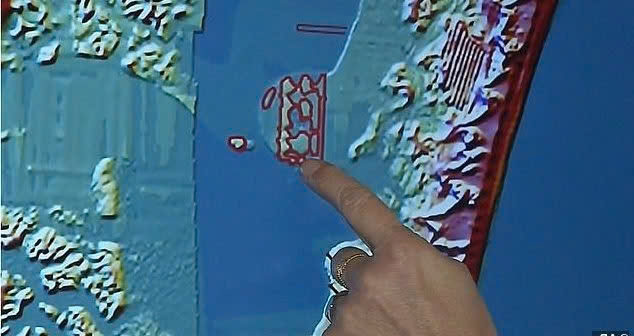
Ricardo Belizón, a Ph.D. student at Seville University, has proposed a new hypothesis that has garnered support from both his university and the Andalusian Institute of Historical Heritage (IAPH). Using free software and digital terrain modeling, Belizón has identified traces of a monumental building in the Cao de Sancti Petri, a shallow channel in the Bay of Cádiz.
The Temple’s Storied Past
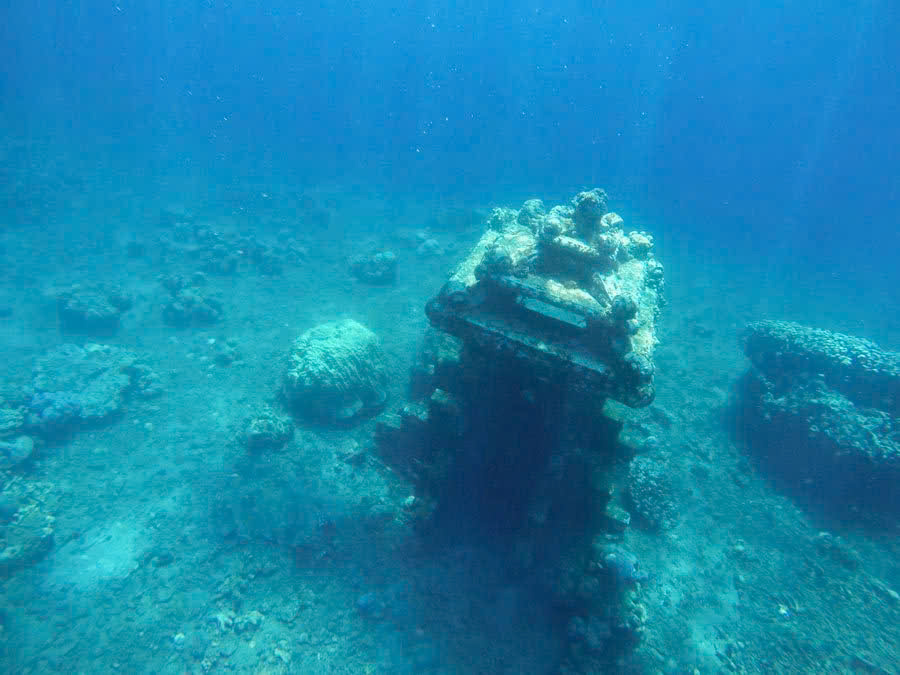
The temple of Hercules Gaditanus holds a special place in classical literature. It’s mentioned as the site where Julius Caesar wept before a representation of Alexander the Great, and where Hannibal offered thanks for his successful military campaigns. These accounts describe a dynamic environment in close contact with the sea, subject to changing tides, and surrounded by port structures.
Archaeological Evidence
The proposed location falls within an area that has been the subject of academic debate for decades. The region, dominated by an islet and the Sancti Petri fortress, has yielded significant archaeological artifacts for over two centuries. These findings, including enormous marble and bronze sculptures of Roman emperors and Phoenician statuettes, have helped narrow down the temple’s probable location.
Hercules: From Greek Hero to Roman God
The Greek Origins of Heracles
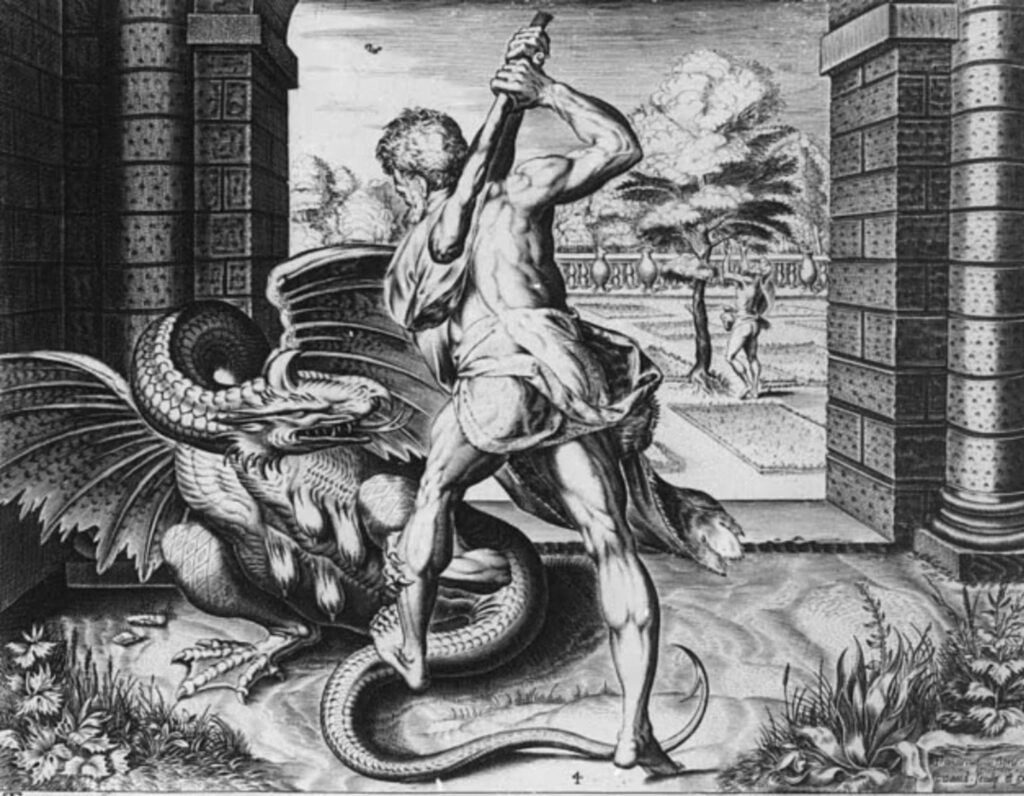
In Greek mythology, Hercules was known as Heracles, meaning “Glory of Hera.” Born to Zeus and a mortal woman, Heracles’ life was marked by both triumph and tragedy. His most famous exploits were the Twelve Labors, a series of seemingly impossible tasks that showcased his strength, courage, and endurance.
The Roman Adaptation: Hercules
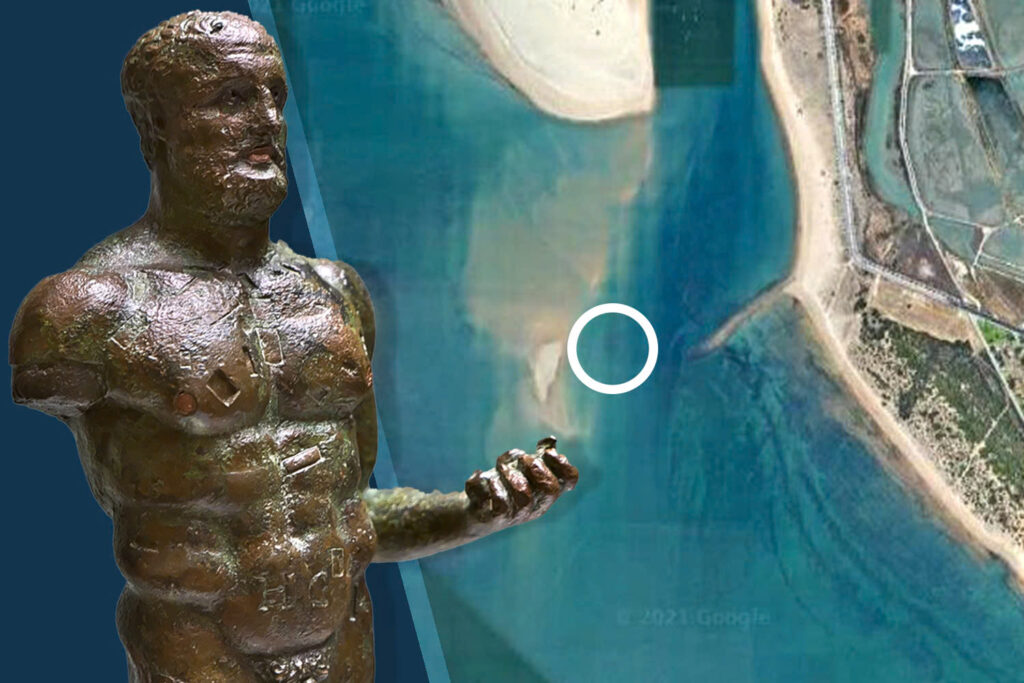
When adopted by Roman culture, Heracles transformed into Hercules. While the core of his story remained largely unchanged, the Romans adapted certain aspects to fit their worldview. Hercules became not just a hero but also a god, revered as a protector of humanity and incorporated into various aspects of Roman daily life.
A Symbol of Strength and Protection
The discovery of this ancient temple not only sheds light on a long-lost piece of history but also highlights the enduring legacy of Hercules. From Greek hero to Roman god, Hercules has remained a powerful symbol of strength, bravery, and protection throughout the ages.

As researchers continue to unravel the mysteries surrounding the temple of Hercules Gaditanus, we’re reminded of the rich tapestry of myths and legends that have shaped our cultural heritage. This discovery brings us one step closer to bridging the gap between legend and history, offering a tangible connection to the ancient world and its enduring stories.
